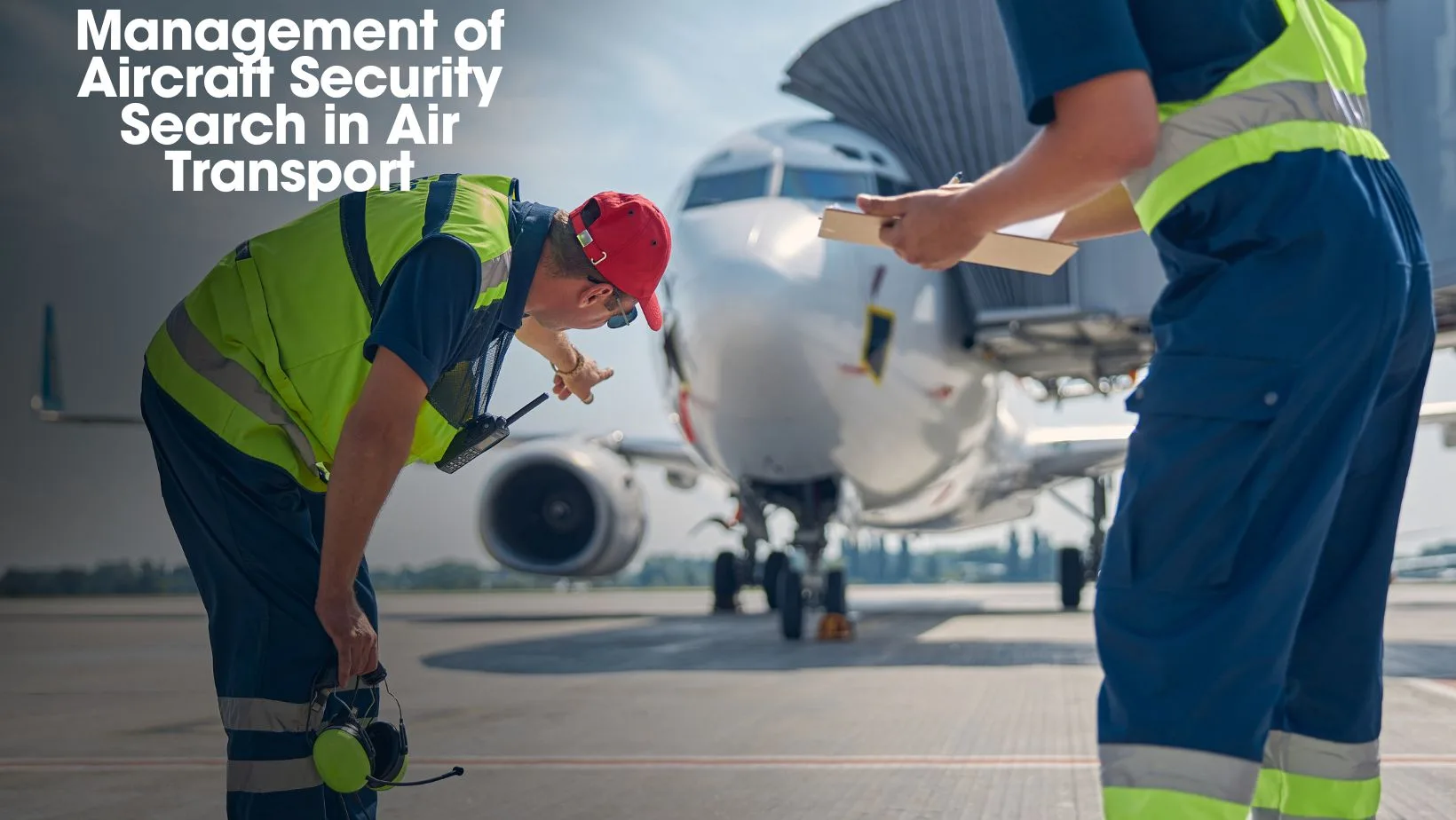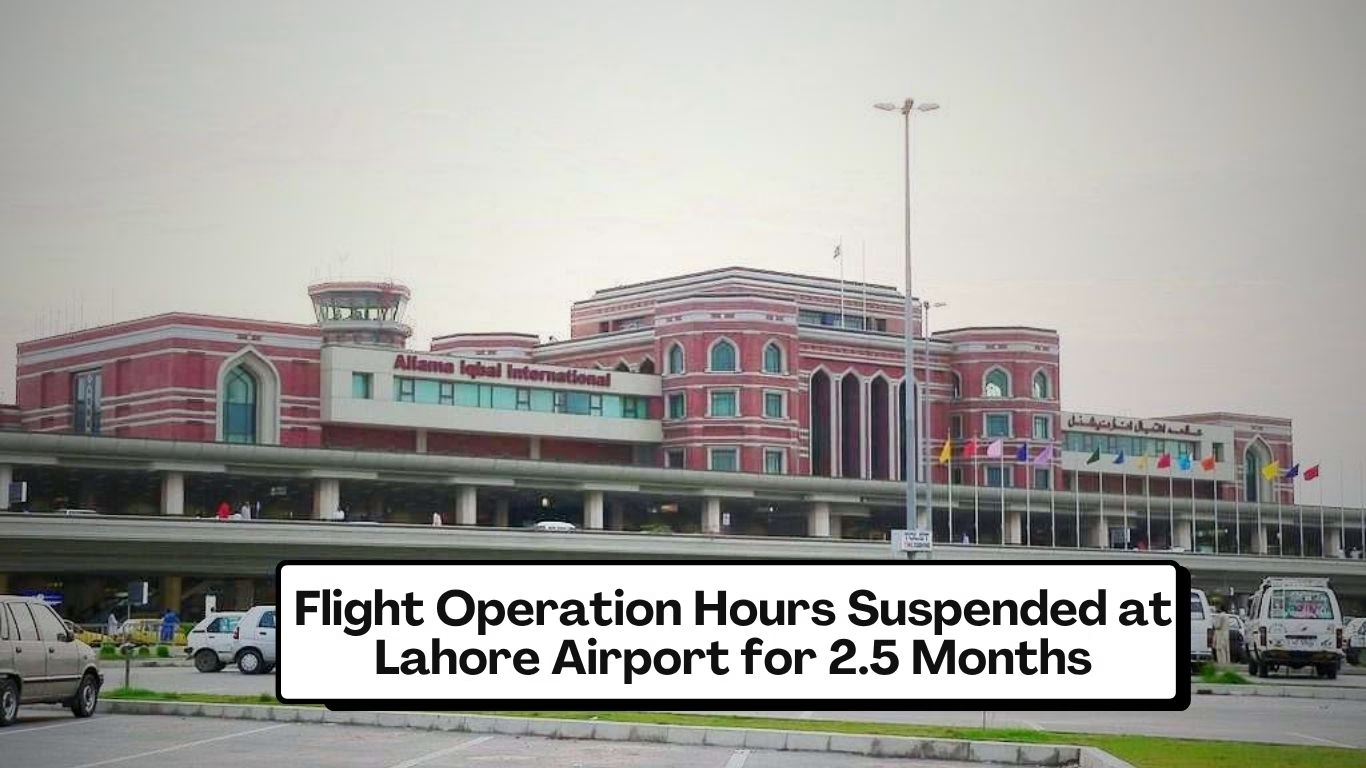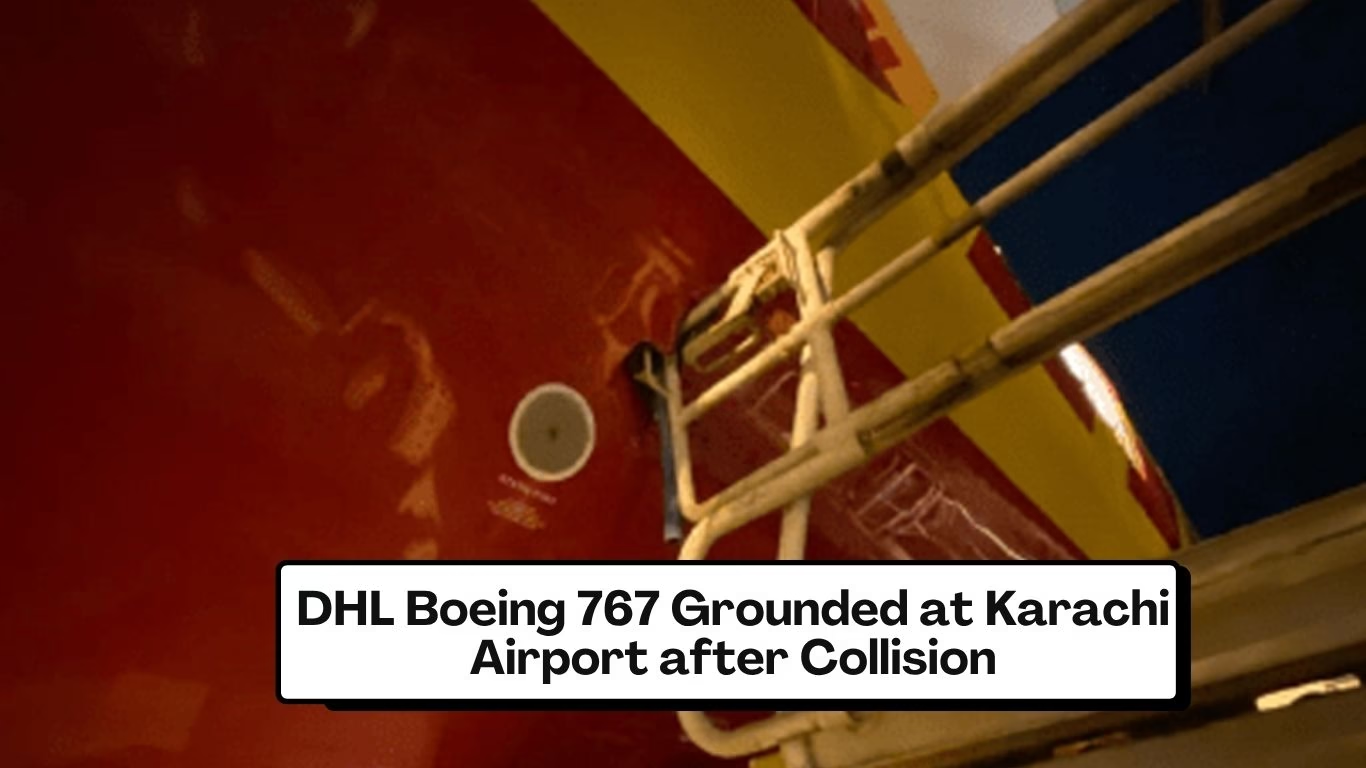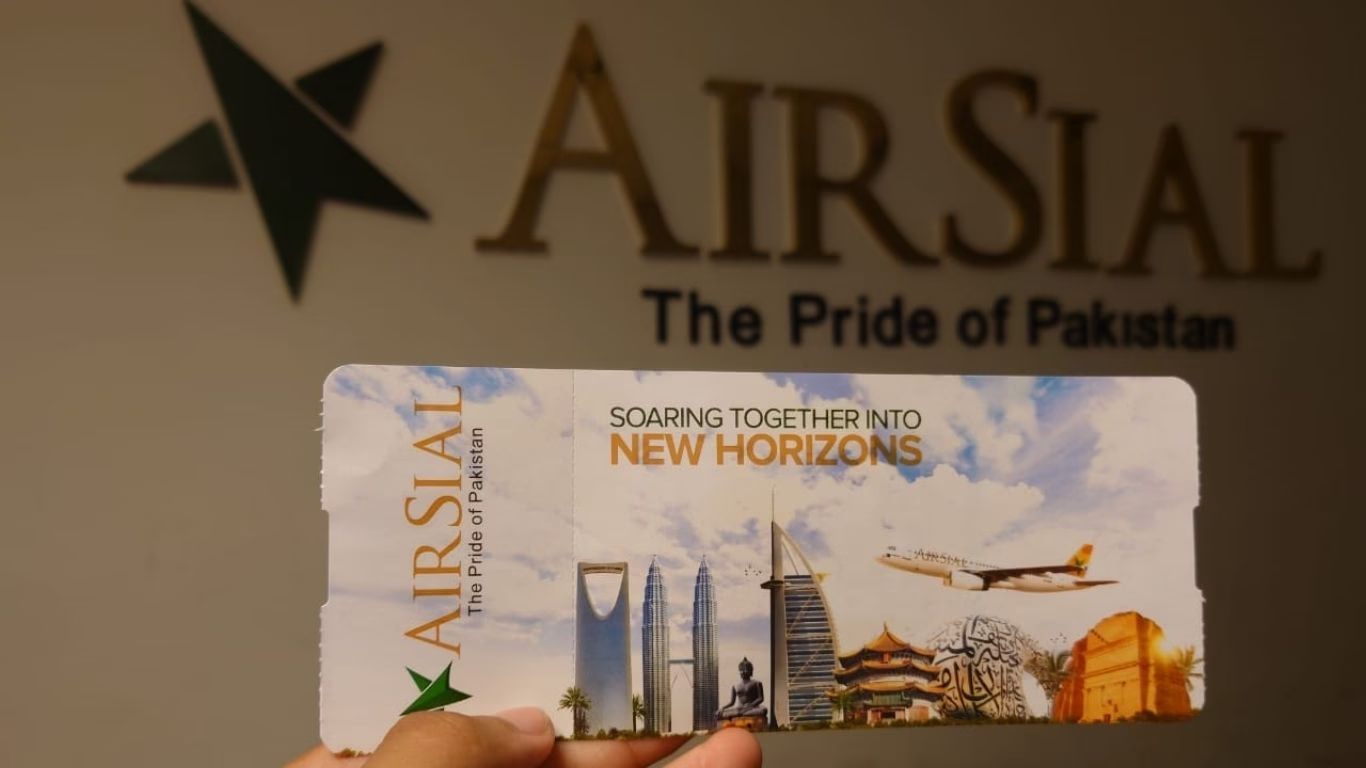Introduction
Aircraft security search is a critical component of ensuring the safety and integrity of air travel. In an era where aviation security concerns are paramount, the meticulous process of conducting aircraft security searches plays a pivotal role in detecting and preventing potential threats such as suspect explosive devices and weapons. This comprehensive guide delves into the essential guidelines and procedures that underpin effective aircraft security searches, addressing the need for thoroughness, precision, and vigilance in safeguarding both passengers and aviation assets.
Conducting Aircraft Searches for Suspect Explosive Devices and Weapons
The regular search of aircraft for suspect explosive devices and weapons should be conducted prior to commencing each flight as applicable via the airline concern security manual. A similar search will be required when an aircraft is suspected of being the target of an act of unlawful interference. The difference between the two types is only in the degree of thoroughness of search undertaken, and the total circumstances applicable to each situation.
Development of Aircraft Search Procedure Checklists
The large number of aircraft in service throughout the world makes it impossible to provide guidance for recommended aircraft inspection procedures that will be adequate in all cases. Aircraft operators should develop an aircraft search procedure checklist for each type of aircraft in service and include this checklist as part of the flight crew security kit. The use of such a checklist by ground crews will be particularly helpful at locations where the only persons familiar with the particular type of aircraft or configuration of aircraft are flight deck and cabin crew members.
Selection of Aircraft Parking Position for Searches
The designated isolated aircraft parking position at airports will likely prove to be the best location on the airport at which an aircraft subjected to a specific threat can be searched, but contingency plans should recognize that it may not always be possible to access this position. Regular searches normally conducted prior to each flight may be carried out while the aircraft is in the normal gate or apron parking position.
Conditions for Carrying Out Aircraft Searches
Aircraft searches should be carried out in good lighting conditions this may require the use of auxiliary power units or the attachment of ground power lines to the aircraft. It will be necessary to impose and maintain control of access to the aircraft before starting the search, which should be carried out with the minimum number of persons on board.
Systematic Approach to Aircraft Searches
To avoid duplication of effort the search of an aircraft should be conducted systematically by staff familiar with the particular aircraft, provided with a checklist and assigned to specific areas of the aircraft. Attention should be given to those areas to which passengers have / had access, such as main cabins, galley areas and toilets, but the search should also include the flight deck exterior of the aircraft and cargo holds.
Strict Control of Access Before and During Searches
Before starting the search, strict control of access must be implemented to the aircraft being searched. This is necessary to ensure devices are not introduced into the aircraft once it has been cleared. Control of access must then be maintained until the aircraft doors are closed prior to push back.
Procedures for Handling Suspected Devices
Searchers should be briefed not to touch suspicious objects but to notify the search coordinator, mark the location with a prominent object (but not touching the device) and withdraw from the immediate area to await further instructions. When a suspect device is discovered the possibility of secondary devices should not be discounted.
Procedures for Handling Suspected Devices
Hand-held communications are useful for coordination of the search and are often the only way of ensuring appropriate and speedy lifesaving procedures for search and evacuation. However, once a suspect device has been located those using hand-held communications should immediately move away and ensure that they and anyone else in the area move outside the cordon as quickly as possible. Radios should not be used to transmit within 25 meters of a suspect device.
Opening and Closing of Aircraft Doors and Access Points
All entrance doors, hatches, inlet and exhaust ducts, service and access doors, etc., must be opened to allow the necessary access to all areas to be inspected. However, a check must be made to ensure that all doors and covers which were opened for inspection purposes are closed at the conclusion of the search.
Read More About Factors that affect aircraft performance
Identifying Suspect Explosive Devices
It is difficult to give guidance to search teams about the appearance of suspect explosive devices as they can be disguised in many ways. Search teams should be briefed to look for unidentified objects or anything:
- That should not be there
- That cannot be accounted for
- That is out of place.
Regulatory Authority and Procedures
As per procedure in Pakistan PCAA is the authorized regulatory body through ASF / Bomb Disposal Unit as applicable on the subject matter besides airline concern security policy and National requirement of state of registry of aircraft.
Regulatory Authority and Procedures
As recommended the following areas of aircraft are required to be checked as per level of threat/search level.
AIRCRAFT INTERIOR
| | Seats, including pouches, cushions and underside of seats. |
| | Log book and flight manual stowage |
| | Crew oxygen mask stowage |
| | Entire floor, including area forward of rudder pedals and beneath all flight deck areas. |
| | Ceiling, side and rear walls |
| | Life-jacket stowage |
| | Crew coatroom and luggage stowage area |
| | Table and drawer of third crew member’s position |
| | Area around rudder/brake pedals |
| | Inside first-aid kit |
FORWARD ENTRANCE
| | Stairway including underside |
| | Connection of stair to fuselage, as well as shelf at this point |
| | Escape chute stowage |
| | Cabin attendant seat, lift-raft stowage and seat back |
| | Forward windscreen and storage unit, including compartments |
| | Oxygen mask compartment |
| | Ceiling and wall |
| | Fire extinguisher stowage |
COMPANIONWAY – FLIGHT DECK
| | Walls, ceiling and floor |
| | Coatroom |
| | Overhead baggage storage – entire area with baggage removed |
| | Compartments above baggage rack and coatroom |
| | Drinking fountain, cup dispenser, cup disposal compartment and drain valve access |
| | Area above and along sidewall of stowage compartment, forward side of forward toilet |
FORWARD COMPARTMENT
| | Coatrooms and enclosed mask and vest stowages |
| | Flight attendants’ and passengers’ seats (including underside of seats) |
| | Passenger berth |
| | Ceiling, floor and walls |
| | Crew and passenger lift vest stowages |
| | Portable oxygen stowage cupboard |
| | Seats (pouches and oxygen mask compartment) |
| | Table between rear lounge chairs and its compartment |
| | Escape chute stowage |
| | Literature containers |
FORWARD GALLEY
| | Remove all containers, food boxes and ovens, if not already done |
| | Open and inspect all galley compartments, bar and refrigerator |
| | Inspect containers removed from galley and bar |
| | Oxygen mask stowage (bar) |
| | Galley service door (tape stowage; hinge recess) |
| | Escape chute stowage |
| | Compartments above service doors |
FORWARD TOILETS
| | Remove soiled and waste material not already removed |
| | Remove containers under sinks, inspect contents and areas around sink |
| | Inspect towel compartment |
| | Tissue dispenser |
| | Toilet |
| | Mirror and compartments |
| | Walls, ceiling and floor |
| | Door |
| | Oxygen mask stowage |
| | Access to drinking fountain |
| | Waste water receptacle |
MAIN CABIN
| | Seats (pouches, oxygen mask stowage, cushions and underside of seats) |
| | Pillow racks, blankets and hand rail |
| | Floor – do not remove carpet unless presence of foreign object is suspected |
| | Side walls, including windows and curtains |
| | Bulkheads and foot recesses and oxygen mask stowage |
| | Ceiling |
| | Light recesses |
| | Compartments at aft end of each handrail |
| | Compartments behind rear cabin seats |
| | Stretcher equipment stowage above hat rack |
| | Demonstration life vest stowage |
| | Emergency escape rope compartments |
| | Escape chute stowages |
| | Main door and recess with door closed |
| | Magazines racks |
| | Life raft stowages |
| | Life vest pouches |
| | Passenger berths |
| | Oxygen cabinet |
| | Cargo tie-down stowage |
| | Literature containers |
| | First-aid kit, only if unsealed |
| | Passenger oxygen service units – drop them down and inspect |
| | Oxygen and CO2 cylinder stowage drawers, forward sides of galleys and toilets |
| | Over wing emergency exit release covers |
| | Aft entry door cabin attendant’s seat |
| | Drinking fountain, cup dispenser, cup disposal compartment and drain valve access at floor. |
| | Portable emergency exit lights – remove light and inspect. |
CENTRE GALLEY AND BAR
| | Remove all containers, food boxes and ovens, if not already done |
| | Open and inspect all galley compartments, bar and refrigerator |
| | Inspect all containers removed from the aircraft |
| | Walls, ceiling and floor |
| | Glass stowage in bulkhead forward of bar |
| | First-aid kit in compartment aft side of aft unit – only if unsealed |
| | Compartment above service door |
| | Service door and recess |
| | Escape chute stowages |
| | Cabin attendants’ seats in aisle No. 2 galley |
| | Oxygen mask compartment in ceiling |
| | Portable emergency exit light, remove light and inspect. |
REAR GALLEY AREA AND BAR
| | Flight attendant’s seat |
| | Galley – remove all containers |
| | Open and inspect all compartments |
| | Walls, ceiling and floor |
| | Compartments in front bulkhead |
| | Inspect containers removed from aircraft |
| | Diplomatic mail locker |
| | Galley service door hinge recess |
| | Escape slide stowages (each door) |
| | Aft entrance door hinge recess |
| | Lift raft stowages |
| | Oxygen bottle ceiling stowage |
AFT TOILETS
| | Remove soiled and waste material |
| | Remove and inspect container under sink |
| | Inspect sink and area round sink |
| | Towel container |
| | Tissue dispenser |
| | Toilet seat and lid |
| | Mirror and compartments |
| | Flight attendants’ seat |
| | Door |
| | Walls, ceiling and floor |
| | Oxygen mask stowage |
| | Access to drinking fountain |
| | Waste water receptacle |
AFT WARDROBES AND COATROOMS
| | Remove coats and hand baggage |
| | Inspect entire area |
| | Sky cots and flight cradles |
| | Oxygen mask stowage |
| | Fist-aid kit, only if unsealed |
| | Lift vest stowage |
CABIN COMPRESSOR COMPARTMENT
| | Entire compartment, especially area of hollow spaces and cavities |
ACCESSORY COMPARTMENT
| | Entire compartment as well as all installations |
AIRCRAFT EXTERIOR
Fuselage (the areas behind/in the following doors and openings should be checked)
| | Random |
| | Ground pneumatic connector panel |
| | Cabin compressor air-inlets |
| | Cabin compressor access panels |
| | Doppler navigation antenna door |
| | Cabin compressor air-outlets |
| | Heat exchangers control access panels |
| | Heat exchanger outlet guide vanes |
| | Radio rack air-outlet |
| | Beacon-holder (beacon removed) |
| | Security locker and contents |
| | Flashlights (check batteries) |
| | Seals of first-aid kits for proper condition |
| | Seals of lift raft panels for proper condition |
| | Accessory compartment door |
| | Auxiliary tank fuel sump doors |
| | Cabin pressure safety valves |
| | Aft waste water service panel |
| | Cabin pressure regulator valve |
| | Aft waste system service panels |
| | Access door to stabilizer-mechanism |
| | Tail cone access door |
| | Aft potable water service panel |
| | Aft cargo doors |
| | Forward cargo doors |
| | Forward potable water service panel |
| | Ground air conditioning connector door |
| | External power fuser door |
| | External power receptacle |
CARGO COMPARTMENTS
| | Forward cargo compartment, especially area underneath hinge snap-panel of cargo door floor covering. |
| | Waste water tank compartment |
| | Flight-kit boxes |
| | Aft cargo compartment (especially area of cargo door hinge joints) |
| | Area immediately behind aft cargo compartment |
LANDING GEAR WHEEL WELLS AND GEARS
| | Nose wheel well – area behind access and zip-fastener panels |
| | Entire main wheel wells and zone of wing roots LH + RH |
| | Gears, wheel – tires, rims, brakes and parts such as struts, drag-braces, beams, arms, actuators, frames and trucks. |
WINGS
| | Trailing edge flap sections |
| | Snap-covers to fuel X-feed tube |
| | Snap-covers to fire-extinguisher bottles |
| | Pressure refuelling adapters |
| | Inspection snap-covers |
| | Fuel vent openings |
ENGINES AND PYLONS
| | Engine air-intake, exhaust and fan-duct |
| | Engine oil and pneumatic heat exchanger air-inlet scoop |
| | Engine oil refill cover |
| | Engine heat exchanger air-outlet door |
| | Constant speed driver oil refill cover |
| | Open engine cowl doors and fan cascade vanes. Entire engine installation and all openings on the cowl doors and pylons to be checked. |
-:O:-
References:
- ICAO Annex -17
- Bomb Reconnaissance course No.BR-21, FCDTS Karachi -1998.
- MANPADS Mitigation course- GoP-MoI, Islamabad – 2009
- State Safety Program –PCAA NCASP 2009
Author

Zia Ullah sheikh
Assistant Manager (Admin & Security)
Gerry’s dnata Islamabad airport (Dec 2013)






Leave a Reply